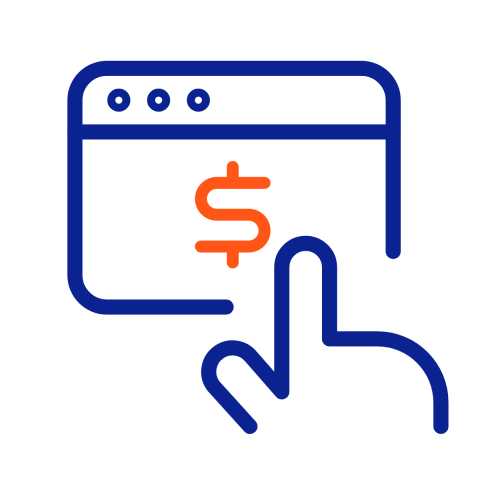Scammers create fake websites that look like legitimate businesses, banks, or online stores to deceive users into entering personal information, making payments, or downloading malware. These fraudulent sites often use stolen branding, fake customer reviews, and too-good-to-be-true deals to lure victims.
If a website asks for sensitive data without proper security measures, has a strange URL, or pressures you to act fast, it may be a scam. Knowing how to verify website authenticity can protect you from online fraud.


Common Types of Website Scams You Should Avoid
Cybercriminals use a variety of scam websites to steal money, identities, and personal data. Some of the most common fraudulent website schemes include:
- Fake online stores – Websites selling discounted items that never arrive or deliver counterfeit goods.
- Phishing websites – Fake login pages that steal your credentials when you enter your username and password.
- Investment and cryptocurrency scams – Fraudulent platforms promising high returns that disappear with your funds.
- Tech support scams – Fake support sites trick users into paying for unnecessary repairs or granting remote access.
- Survey and prize scams – Sites that claim you’ve won a prize but require personal details or payment to claim it.
By understanding these common scams, you can stay vigilant and protect yourself from online fraud.
How to Stay Safe from Website Scams
Defending yourself against fake and fraudulent websites requires caution and cybersecurity best practices:
✅ Always check the URL – Look for “https://” and verify domain authenticity.
✅ Research the website – Check for real customer reviews and verify contact details.
✅ Avoid entering personal or payment information on unverified websites.
✅ Use browser security tools to detect and block scam sites.
✅ Report fake websites to cybersecurity authorities to help prevent online fraud.
By following these steps, you can shop, browse, and interact safely online without falling victim to scams.












